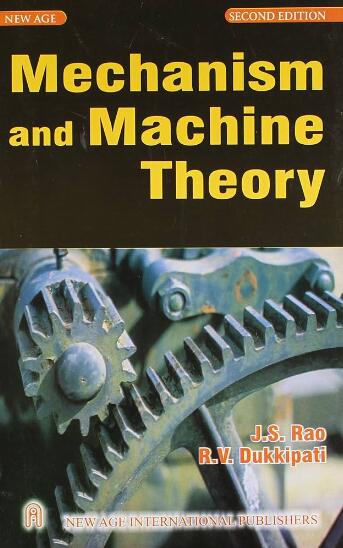Multiplanar manufacturing: A new approach to design for manufacturing and assembly of origami
IF 4.5
1区 工程技术
Q1 ENGINEERING, MECHANICAL
引用次数: 0
Abstract
This paper explores multiplanar manufacturing as an alternative approach for fabricating three-dimensional origami-inspired devices. Traditional origami manufacturing techniques typically employ a monoplanar method, which confines origami to a single plane, during manufacturing, and limits their design efficiency. By contrast, multiplanar manufacturing fabricates panels and hinges across multiple planes, offering greater design flexibility and the potential to eliminate some assembly/bonding operations. This study demonstrates the impact of multiplanar manufacturing on material usage, build footprint, and actuation requirements. For the geometries used as a case study, the benefits of multiplanar manufacturing include reducing material usage by up to 62%, actuation steps by up to 93%, and build footprint by up to 91%—relative to a monoplanar configuration in the geometries studied. These benefits improve efficiency, streamline assembly processes, and enable new avenues for fabricating origami-inspired devices. The findings position multiplanar manufacturing as a promising strategy for efficiently producing three-dimensional origami-inspired structures, paving the way for advancements in various engineering fields.

求助全文
约1分钟内获得全文
求助全文
来源期刊

Mechanism and Machine Theory
工程技术-工程:机械
CiteScore
9.90
自引率
23.10%
发文量
450
审稿时长
20 days
期刊介绍:
Mechanism and Machine Theory provides a medium of communication between engineers and scientists engaged in research and development within the fields of knowledge embraced by IFToMM, the International Federation for the Promotion of Mechanism and Machine Science, therefore affiliated with IFToMM as its official research journal.
The main topics are:
Design Theory and Methodology;
Haptics and Human-Machine-Interfaces;
Robotics, Mechatronics and Micro-Machines;
Mechanisms, Mechanical Transmissions and Machines;
Kinematics, Dynamics, and Control of Mechanical Systems;
Applications to Bioengineering and Molecular Chemistry
 求助内容:
求助内容: 应助结果提醒方式:
应助结果提醒方式:


